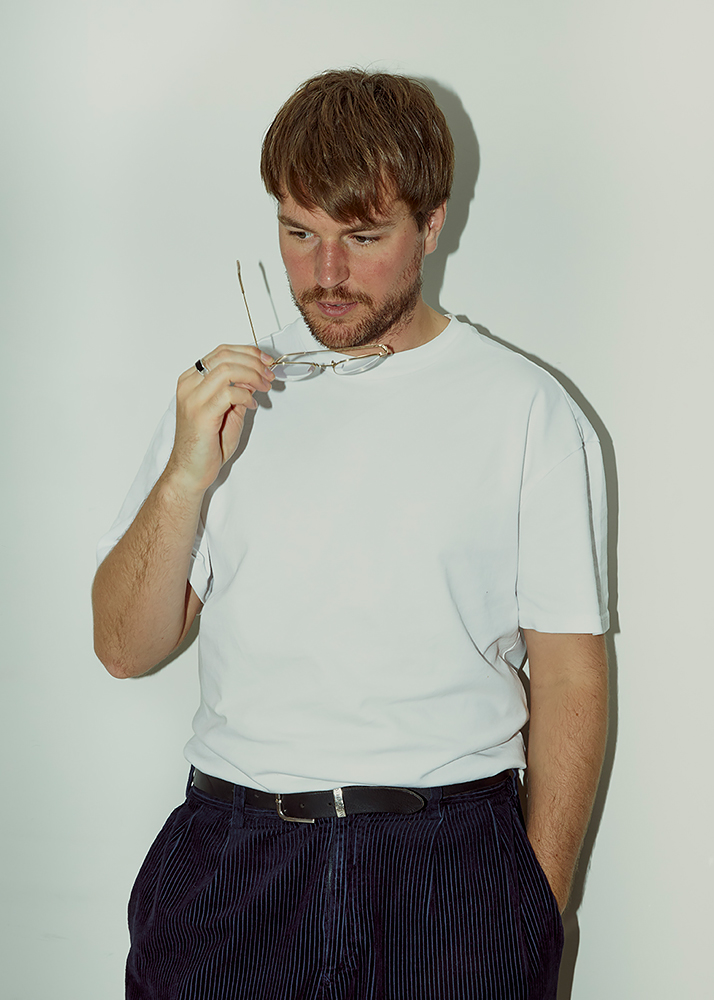Sem Langendijk is a documentary photographer with an interest in communities and their habitat, the urban environment and spatial arrangements. He observes the identity of a place, the impact communities have on their environments, and how space functions within the structures of a city. Langendijk shoots on large and medium format cameras, and aims to imbue his subjects with a certain tranquility. He continues to balance his work on the very narrow edge between visual storytelling and poetic personal documentation. Langendijk studied documentary photography at the Royal Academy of Arts, The Hague. In 2018, he was a recipient of the Mondrian Fund Stipendium for Emerging Artists and his work is exhibited at multiple art fairs and festivals, most recently 'The American Landscape', a group show travelling the US with The Gallery Club. He is currently working in Amsterdam, Londen and New York, on a personal body of work, continuing his research about the former Docklands.
As an artist I intend to raise questions about the concept of 'the city' in our time. What role does history play in the identity of place, and feeling of belonging? How does ownership of (private) property relate to the right of the city? Through working with communities and researching their habitats I try to reveal (economical and political) systems that influence today's city life. My visual work is loosely related to social geography and anthropology, as I do field research and create visual notes. I combine this with more structured and methodological work, such as typologies. With these approaches I mean to reflect upon, as well as creating a more personal excerpt of, reality.
